Cahal Pech is a major Mayan ceremonial center located on a tall hill overlooking the town of San Ignacio. The name derives from a combination of Yucatec and Mopan Maya and means "Place of Ticks". The name was given to the site in the 1950's when the entire area was in use as a cattle pasture. Cattle pastures in Belize are notorious as breeding grounds for ticks. The site center consists of 34 structures compacted into an area of only 2 acres. The majority of these structures surround seven courtyards and include several temples, two widely separated ball courts, and what is thought to be a sweathouse. The largest structure is 77 feet high with steep steps running up its side. Archaeologists have found a total of 10 mounds within six of the seven courtyard groups. Preliminary excavations have determined that Cahal Pech was settled around 1000 B.C.E. and abandoned by 800 C.E. Directly beneath several Middle Classic (500-700 C.E.) structures lie Late Pre classic (300 B.C.E. - 250 C.E.) temples, suggesting that these were the periods of greatest development. The exact date of the discovery of the site is not known, but reports of the site go back as far as the early 1950's. The University Museum of Pennsylvania did some preliminary mapping in 1951, but never published the work. It wasn't until 1969 that the Archaeology Department of the Belizean government performed a salvage operation on the site after reports of looting. Their work concentrated on a royal tomb within the Central Plaza (Plaza B). The most significant finds include a number of ornate jade objects, obsidian blades, shell and bone ornaments, and several pottery vessels. Of special importance was a jade and shell mosaic mask which probably formed the centerpiece of a ceremonial belt worn by a noble buried in the grave. These artifacts can be seen in the National Collection at Belmopan. Between the years 1970 and 1985 the site was looted on numerous occasions. The destruction of the site became a serious concern to the people of San Ignacio who recognized the site's cultural value. Eventually, in 1988, a formal large scale excavation took place. At Cahal Pech you can experience the full range of the archaeological investigations of an ancient mayan city. The site lies within a beautiful jungle environment which supports a variety of tropical plants and birds. It is possible in only a few minutes to walk from the center of a major town in Belize to a world of ancient monuments and natural beauty.
Copyright: © 1999 thru 2021. All the content; content being images, statements and writing of this website including E-Book are the copyright of Freedom8.net and Walter F. Petrucci, West Hurley, New York.
All rights expressly reserved and as such, protected by U.S. and International Copyright Laws. Design by freedom8 webmaster Version8.

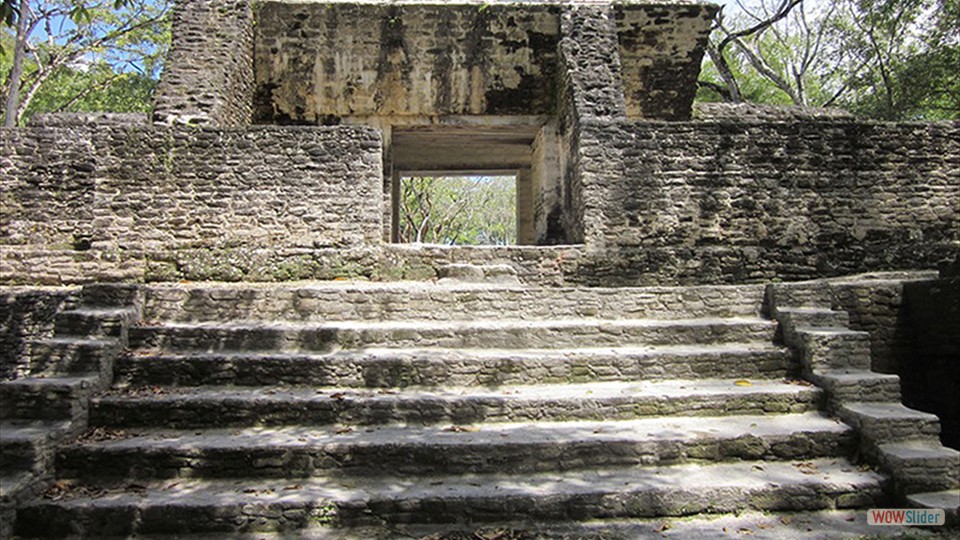
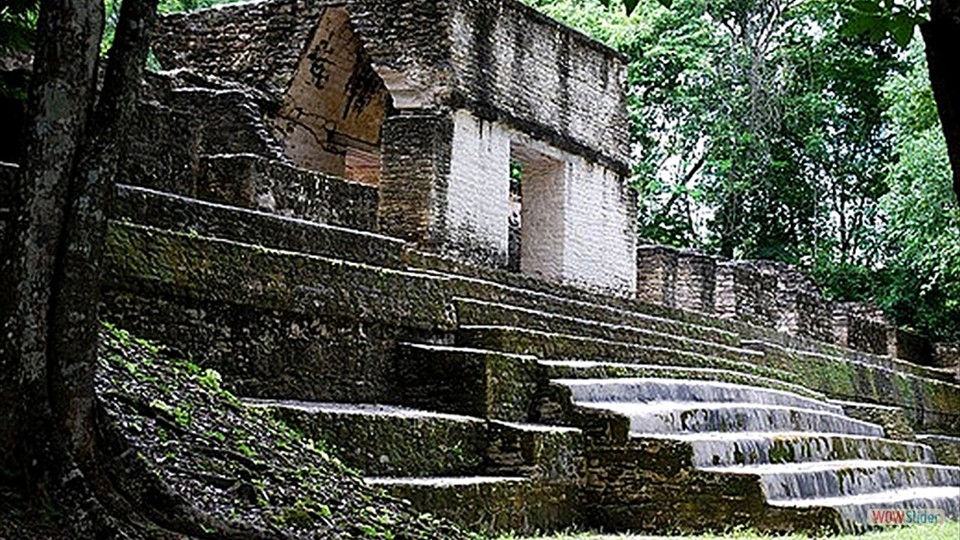
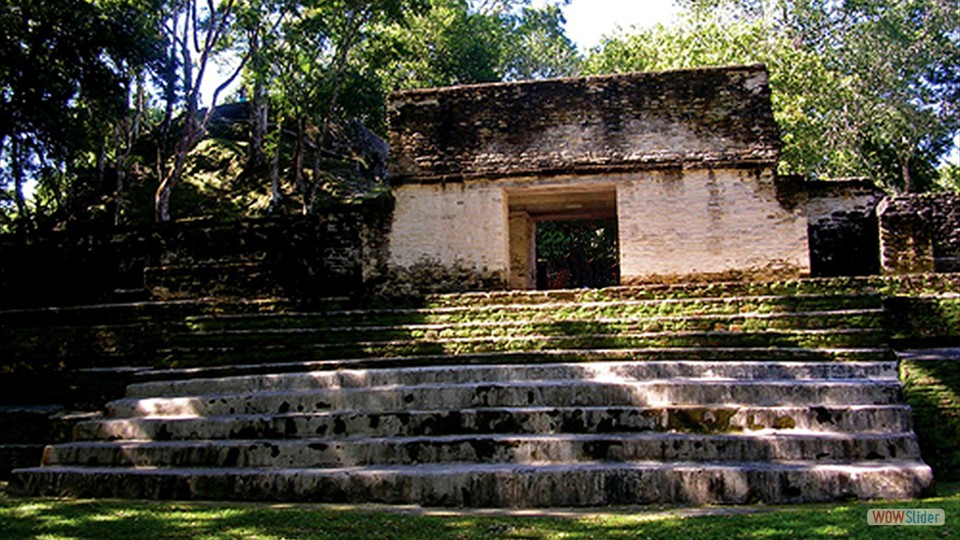
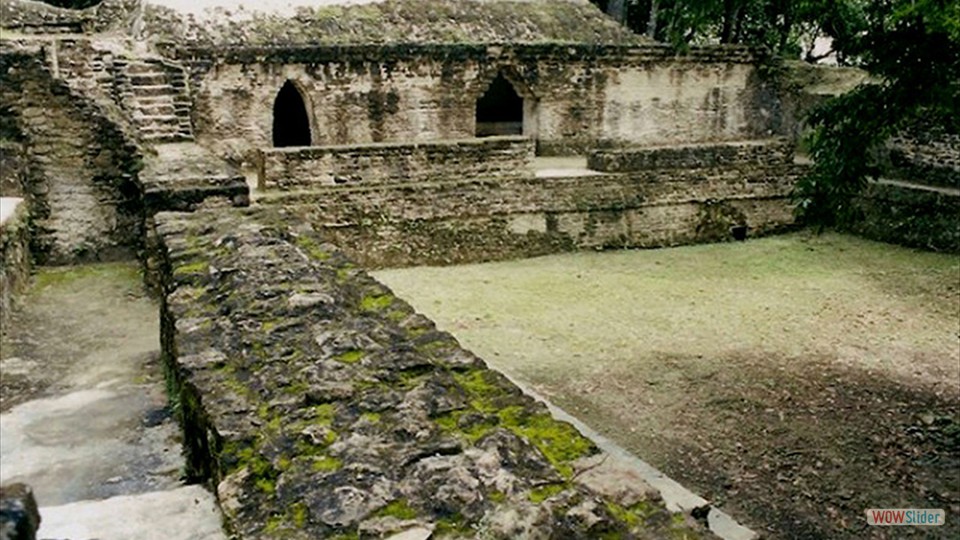
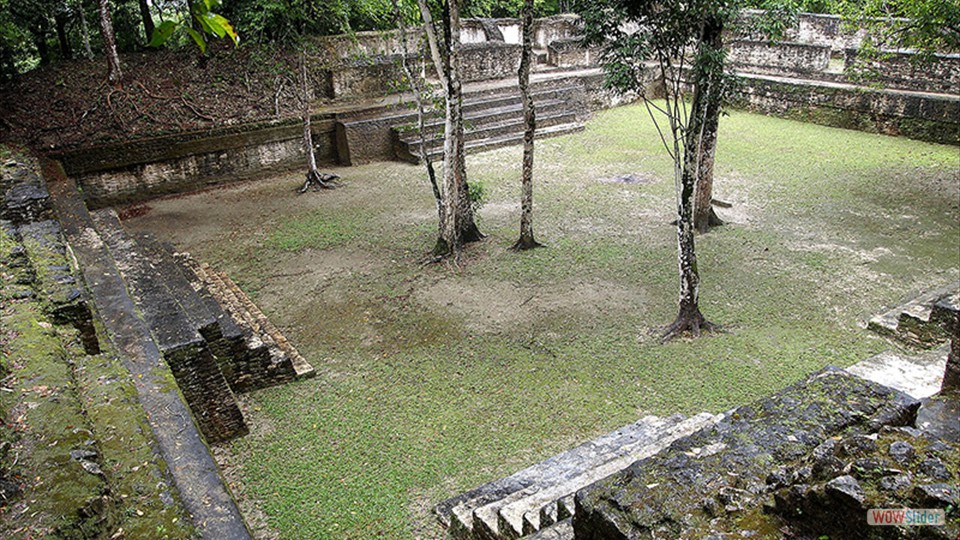

 1
1 2
2 3
3 4
4 5
5 6
6